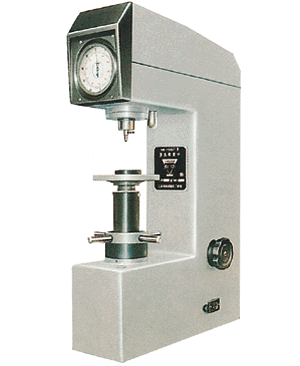Deliverable: Materials Choosen for the Design

All the standard structural shapes are available in the Free Size and Weight Calculator...
Not all Materials are equal where CNC is concerned. Materials differ in terms of cost, physical properties such as hardness, and machining properties such as how fast you can machine them. Take time to choose materials whose physical properties are adequate (but not overkill) for your part's needs.
Next, choose materials that satisfy those needs at the lowest cost for the material and at the lowest cost in terms of machining. Sometimes you'll want a more expensive material because you'll more than save the time in reduced machining costs by choosing a material that's easier to machine.
A good example would be choosing 303 stainless steel instead of 304, because it machines more nicely than the 304. Or perhaps you can use a tougher aluminum alloy like 7076 instead of some grades of steel because even though aluminum is more expensive, it can be machined much faster than the steel on most CNC machines.

A typical hardness tester...
In general harder materials are more difficult to machine. Be aware of the different hardnesses available for different materials and their alloys and conditions. The condition of a material is, for example, different degrees of hardening. Information on Hardness for various materials, alloys, and conditions, is contained within G-Wizard for your reference.
In some cases, Material Choice can result in changes to the part design. For example, you might discover that the Material's physical properties, such as strength, require the part to be thicker in some area than originally planned due to a material change.
Don't forget to consider finished components in your Material choices. Fasteners are a great example.
Create a Bill of Materials in your Setup Sheet that tells all the Materials needed for the part. For each material you'll need a full description as well as quantity or sizing information.
Be sure to leave proper allowances for machining when deciding the size of rough stock you'll need. If you're making multiple parts, you'll also need to plan some rough cutting operations to break larger pieces of stock into part-sized pieces of rough stock for machining.
Resources:
- G-Wizard Calculator: Use G-Wizard Calculator's Free Size and Weight Calculator to look up standard shape sizes and weights for various materials.
- Our Feeds and Speeds Course includes some specific guides to machining specific materials such as Composites, Wood, and more.
|